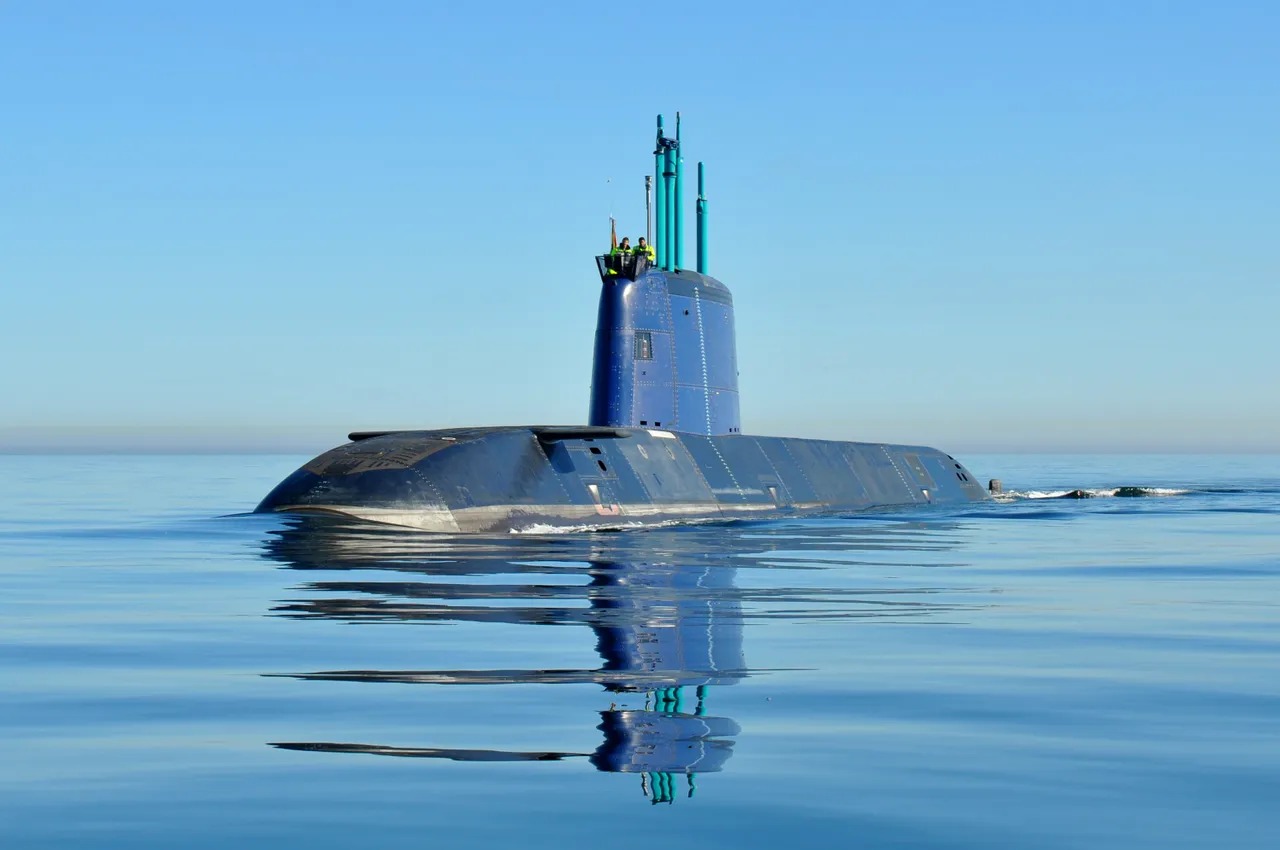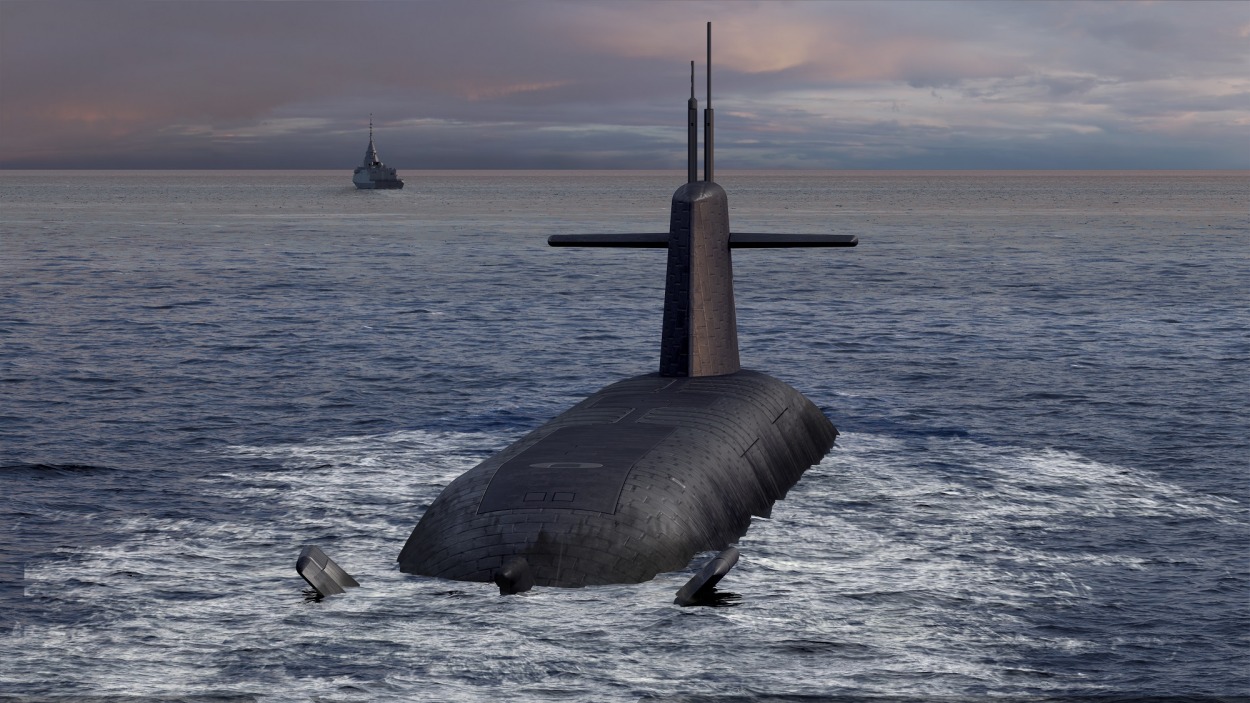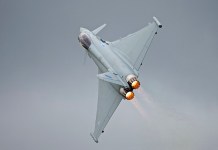The Indian Navy’s undersea combatant arm, aka nuclear-powered attack submarine (SSN) fleet, faces a yawning chasm vis-à-vis that of China. That is why despite being an expensive proposition, the Indian government has given its nod for constructing two SSN boats, the apex predators in undersea warfare.
The nod came after the Indian Navy sent its proposal nearly five years ago.
The lease of the Russian Akula-class nuclear-powered submarine ended in 2021, and the Indian Navy was left with no SSN in its fleet. There were plans to lease another Akula class submarine from Russia, but the ongoing war with Ukraine and ensuing global sanctions threw a spanner in the plan.
The plans were to go for six SSNs. However, the Cabinet Committee on Security (CCS), chaired by the Indian Prime Minister, sanctioned two submarines to be manufactured with 90 percent indigenous content. Realistically, the first homegrown SSN will enter the Indian Navy by 2040.
Each boat will be constructed at the Ship Building Centre (SBC) in Visakhapatnam and will cost around Rs. 15,000 crore ($1.8B).
Nuclear-powered submarines are so critical for the Indian Navy to match the growing power of PLAN that the former has reportedly put on hold its project to build a 65,000-ton Indigenous Aircraft Carrier (IAC)-2 in favor of the SSN project. After all, SSNs are underwater fighter jets that can hunt nuclear-powered ballistic missile submarines (SSBNs).
China’s submarine fleet consists of more than 70 submarines, including 12 nuclear-powered submarines (both SSNs and SSBNs) and more than 50 diesel attack submarines (SSKs). In contrast, India operates 19 submarines, including two SSBNs. Most of India’s conventional submarine fleet was acquired in the 1980s and is getting old.
“SSNs are a game changer. They are powerful platforms with stealth and unlimited endurance. They can remain underwater indefinitely and operate far away from the port for long periods and at high speeds. They can move along as part of the carrier battle group. Armed with long-range missiles, they can change the shape of maritime battle,” a former Indian Navy submariner Commodore Anil Jai Singh told the EurAsian Times.
The SSN has greater reach, endurance, and speed than the slow and short-legged diesel submarine. It can remain submerged for months, as compared to hours or days for the diesel engine-cum-battery propelled conventional boats, even one with AIP. SSNs are nuclear-powered but do not carry nuclear weapons.
Once it dives into deep waters, the SSN is not only difficult to detect but has (unlike the diesel sub) enough speed to overtake or outrun most other submarines or warships if required. The classic roles of an SSN are to protect carrier battle groups and to hunt enemy SSBNs, but it is also an ideal platform for the anti-ship, land-attack, and surveillance roles.
India currently has two nuclear-powered ballistic missile submarines (SSBNs) constructed under the Advanced Technology Vessel Project. Named INS Arihant and INS Arighaat, they are instruments of India’s nuclear deterrence and cannot be deployed for tactical missions.
This is where the SSNs come into play to counter numerically superior navies. They can stalk and shadow targets at will, and their near invulnerability makes them the most potent weapon in a country’s arsenal.
China has been expanding its fleet of nuclear submarines with a feverish urgency to tilt the strategic balance with Washington in its favor. A potent nuclear submarine force will strengthen China’s position regionally and will boost its attempts to seize the self-governed island of Taiwan.
However, the PLA Navy’s attempt to build a stronger nuclear-powered attack submarine fleet ran into an obstacle when its newest SSN sank near the central city of Wuhan.
“Nuclear-powered submarine technology is one area where China has lagged, remains relatively weak, and is trying to play catch-up,” Nick Childs, senior fellow for naval forces and maritime security at the International Institute for Strategic Studies, a London-based think tank, was quoted in the media.

The French Connection
The importance of SSNs was underscored when India deployed the Russian Akula class submarine, rechristened INS Chakra, on the eastern side of the Indian Ocean during one of the many border standoffs with China in the past decade.
According to reports, INS Chakra slipped out of the Visakhapatnam harbor on the eastern seaboard of India and disappeared for over a month after diving into the Bay of Bengal.
Her deployment to the East was a well-kept secret. It demonstrated India’s ability to carry out maritime strikes in response to land aggression and also galvanized the Indian defense establishment to work on getting the Indian Navy its first SSNs.
India has designed and developed SSBNs – INS Arihant and INS Arighat, with the help of Russians. This has given them the expertise to miniaturize the nuclear reactor to fit into a submarine. Arihant is powered by an 83 MW reactor manufactured by the BARC.
There have been reports that India might collaborate with France on the SSNs. The India-France strategic defense partnership is set to take another big step forward, with the Emmanuel Macron government ready to discuss and support the construction of nuclear attack submarines.
The proposed SSNs are planned to be bigger and more powerful. They will be powered by a 190 MW reactor. France’s Naval Group is building the Barracuda class SSNs for the French Navy.
With the US, the UK, and Australia collaborating under AUKUS to develop nuclear-powered submarines, France is India’s only option at the moment. India and France decided to cooperate in the field of Small Modular Reactors (SMRs) during Prime Minister Narendra Modi’s recent visit to Paris in 2023.
The Naval Group’s Barracuda submarine has been awarded a contract to deliver three more Scorpene-class diesel-electric submarines to the Indian Navy at Mazagon Dock Shipbuilders (MDL), Mumbai.
At present, India has a 30-year plan that ends in 2030 to induct 24 submarines, including 18 diesel-electric and six SSNs. Of the 18, the Navy has managed to procure only 6, which are the Scorpene class submarines.

Chinese Undersea Capabilities
The People’s Liberation Army Navy is now the biggest in the world, with the largest number of hulls. According to the Pentagon, the Chinese Navy currently has 370 ships, compared to the US fleet’s 291 vessels.
Beijing is also expanding its underwater warfare capabilities. Its submarine fleet is expected to grow to 65 submarines by 2025 and 80 submarines by 2035.
For India, this is a major concern as the frequency of Chinese submarine visits to the Indian Ocean Region is on the rise.
The first time PLA-N submarines caused a stir in the region was in 2014 when two of its submarines docked in Colombo. In the first visit of a Chinese nuclear-powered submarine in the region, it docked at Karachi port in 2016. These two visits were indicative of the sizable presence of the PLAN subsurface vessels in the region during the Doklam crisis.
The Chinese submarine presence in the eastern Indian Ocean and its approaches to the Malacca Straits concern India and change its strategic calculations.
According to an assessment by the US Naval Institute, the level of quieting in China’s current Shang class SSN is at par with Soviet designs from the 1970s. The assessment said: “In contrast, if the PLAN were able to deploy super-quiet SSNs on par with the best US and Russian boats, that would represent a major strategic change—not only for its ability to defend on the open ocean but also in terms of China’s capacity to threaten US naval forces well outside the first island chain.
“Such a capability would give China transoceanic reach with single platforms, absent the extensive logistical support or need for the overseas bases a carrier strike group requires.”




